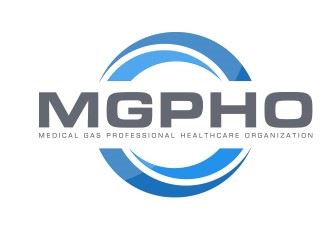Editting is required:
The FDA enforces and NFPA recommends is my understanding, correct me if I am wrong.
To my current knowledge FDA has approved 93% oxygen centralized concentrator supply for:
1. NEMA emergency hospitals erected during and for a Federally declared emergency.
2. US Active Duty Military Hospitals.
Any other suggested use has not been approved by FDA as an acceptable method of centralized oxygen supply.
There are sound clinical reasons why the FDA has taken this stance at this point in time.
There are many things MGPHO could do as far as advocating for it's membership.
Since MGPHO is not a clinical based/oriented organization I suggest we stay out of this one.
But, that said we certainly need to stay current on the trending of this topic and I will look up the CFR again ruling this FDA enforcement and see if anything has changed regarding the exceptions.
A hospital based somewhere in the world where cryogenic liquid and gaseous oxygen supply is neither practical nor dependable leading to frequent outages should be reviewed and considered a federally declared emergency.
BUT, keeping a studied eye on which diagnosies are allowed admission for prolonged care to these hospitals shall be a prerequisite to any change in the current CFR exception for 93% oxygen central supply concentrators. A list of diagnosies where only accute care shall be allowed needs to be addressed by the clinical professional organizaitons.
If this does not get addressed from a clinical perspective first the original CFR for 99% oxygen could go in the direction of the Oxygen Bar in the Flamingo Hotel & Casino regarding the FDA enforcement.
In the words of G. D. McA. " I shall return" on this subject with CFR language in hand. The spin stops there.

